
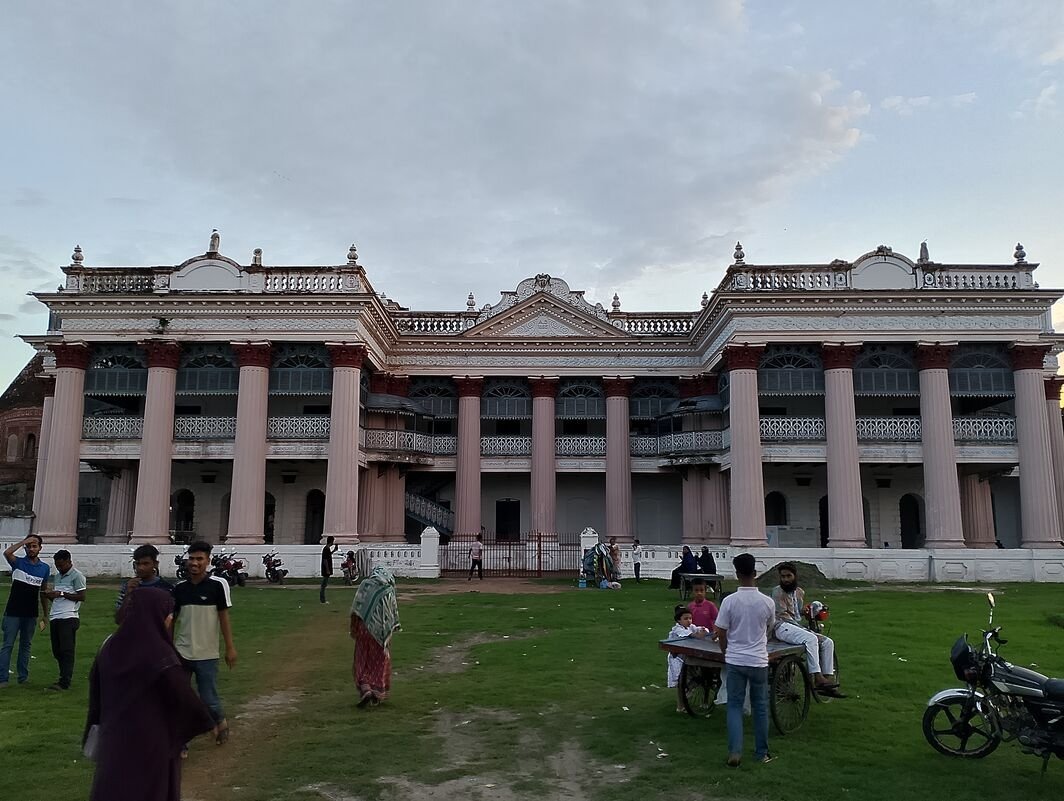
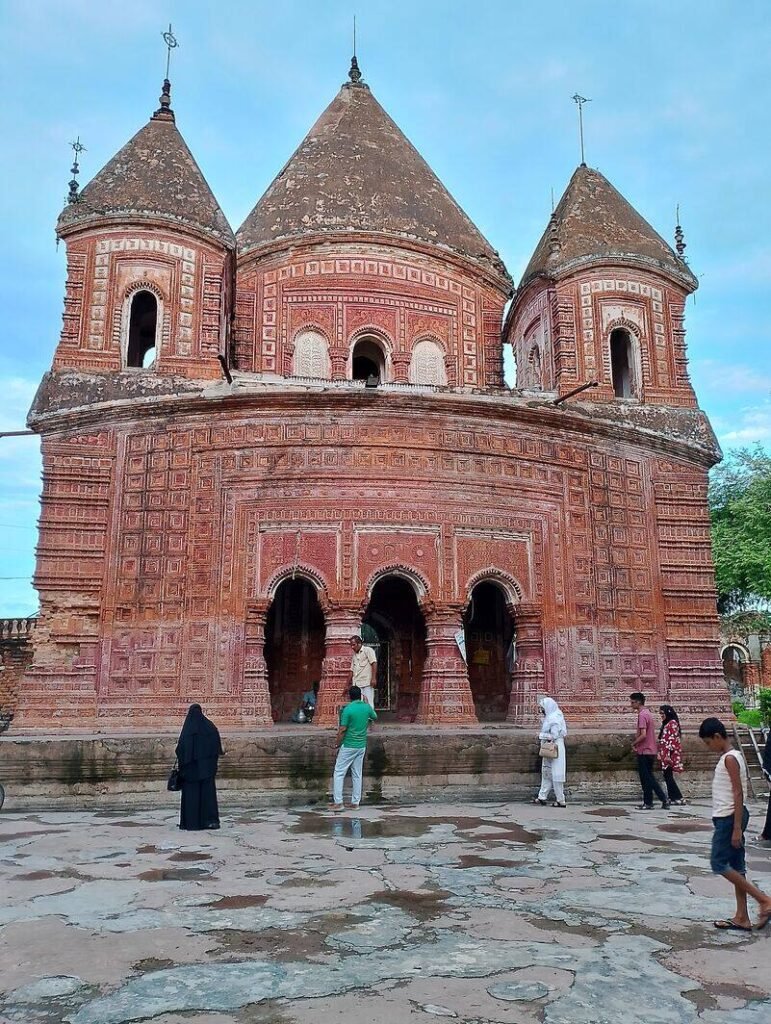
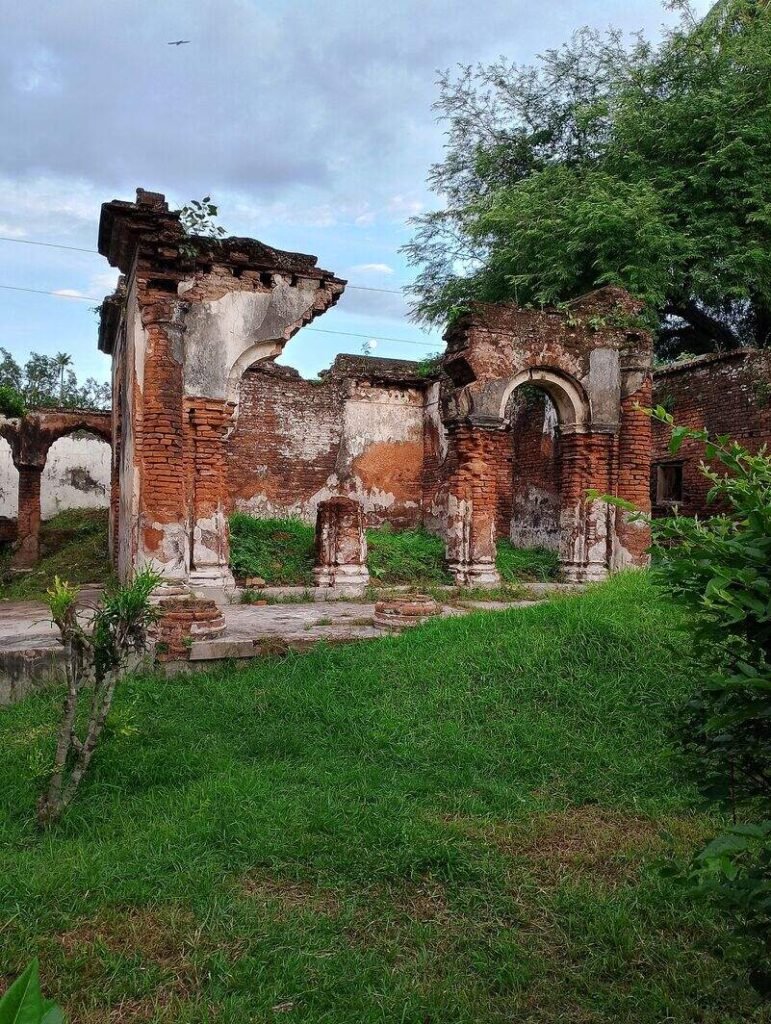
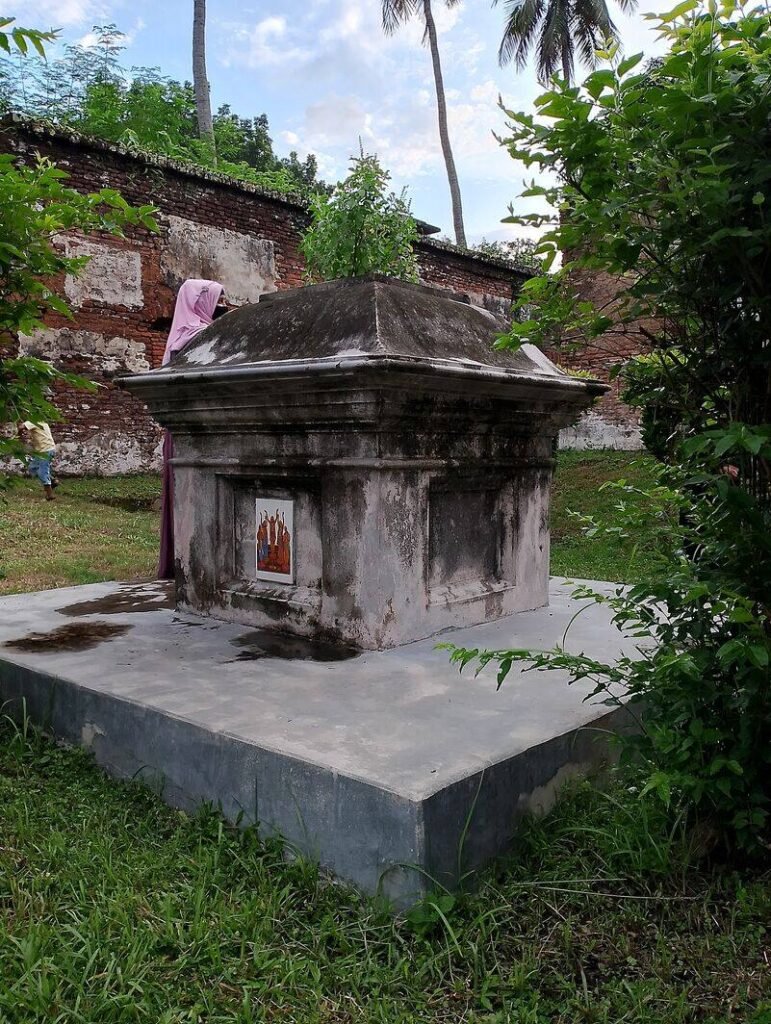
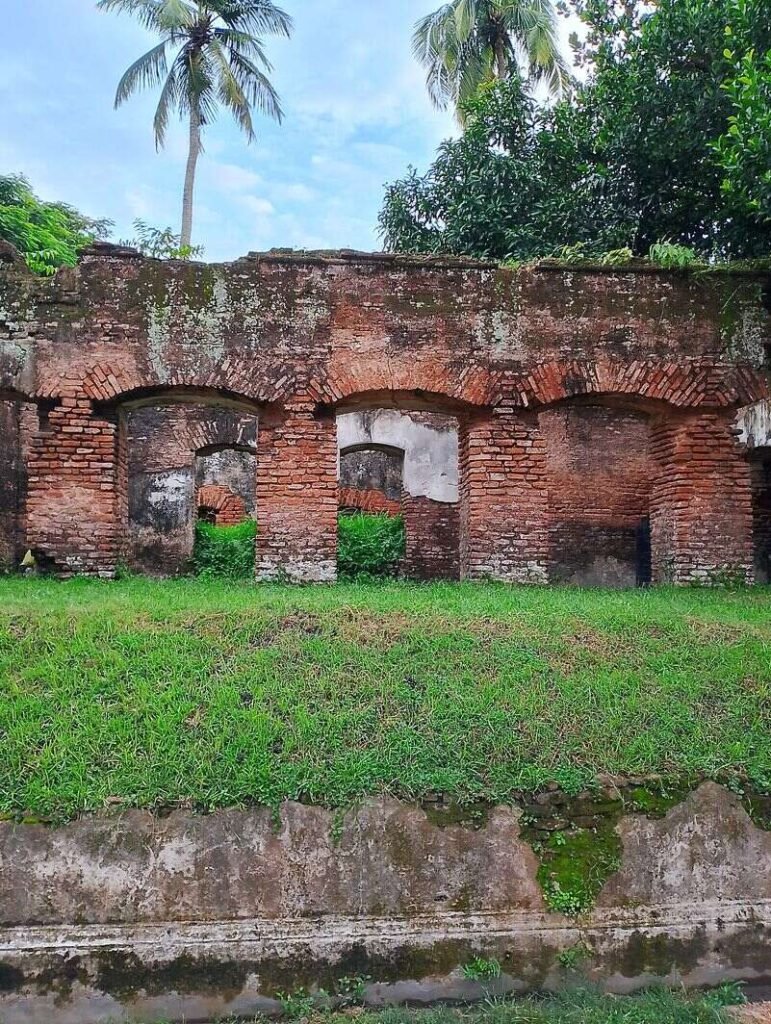
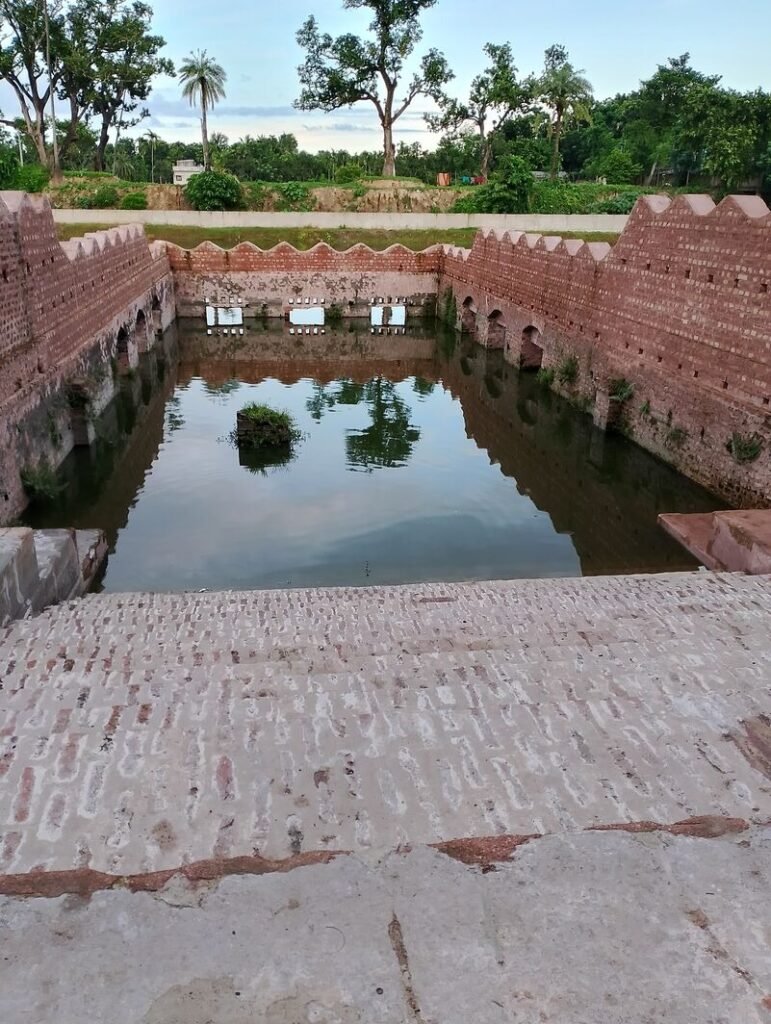
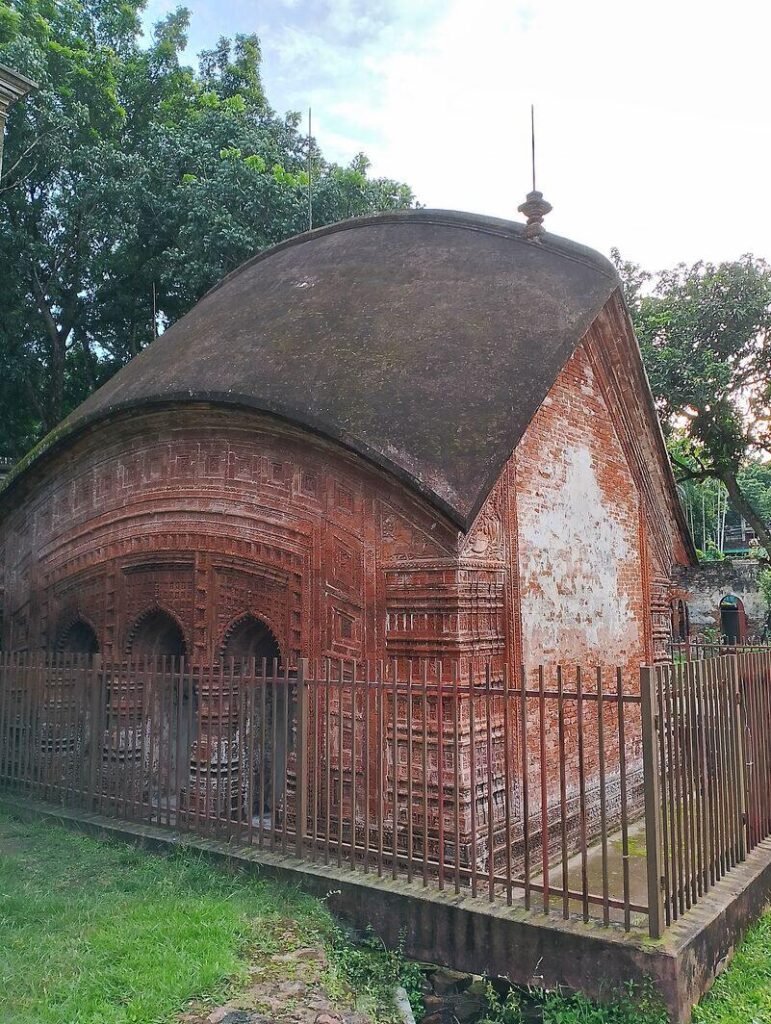
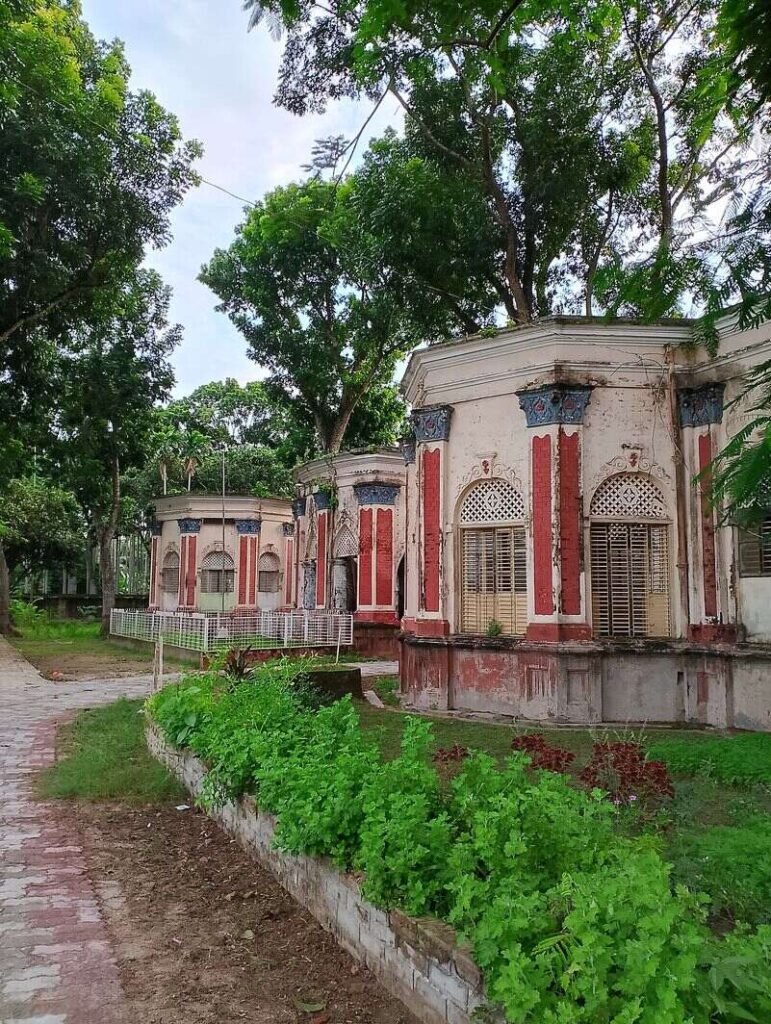
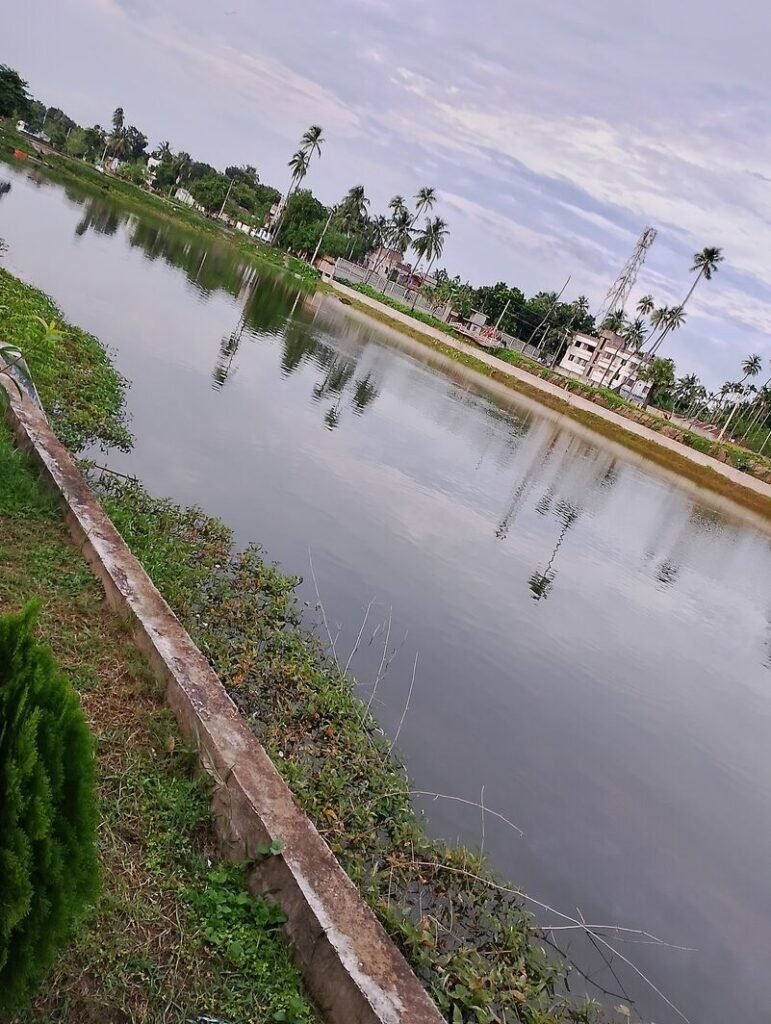
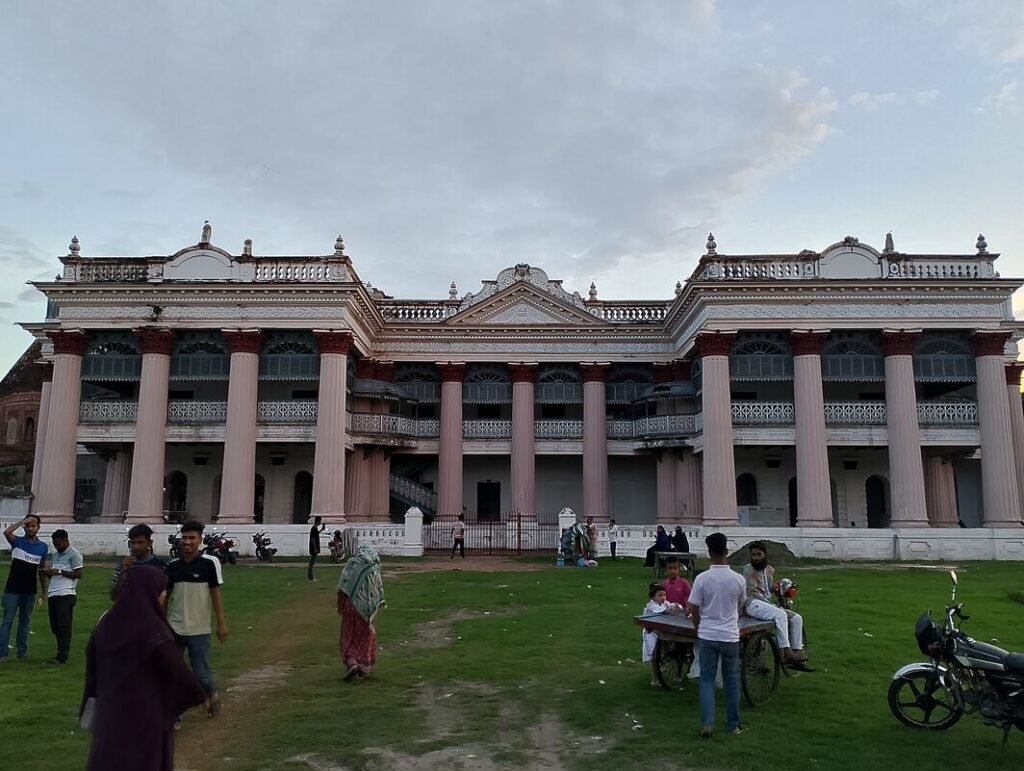
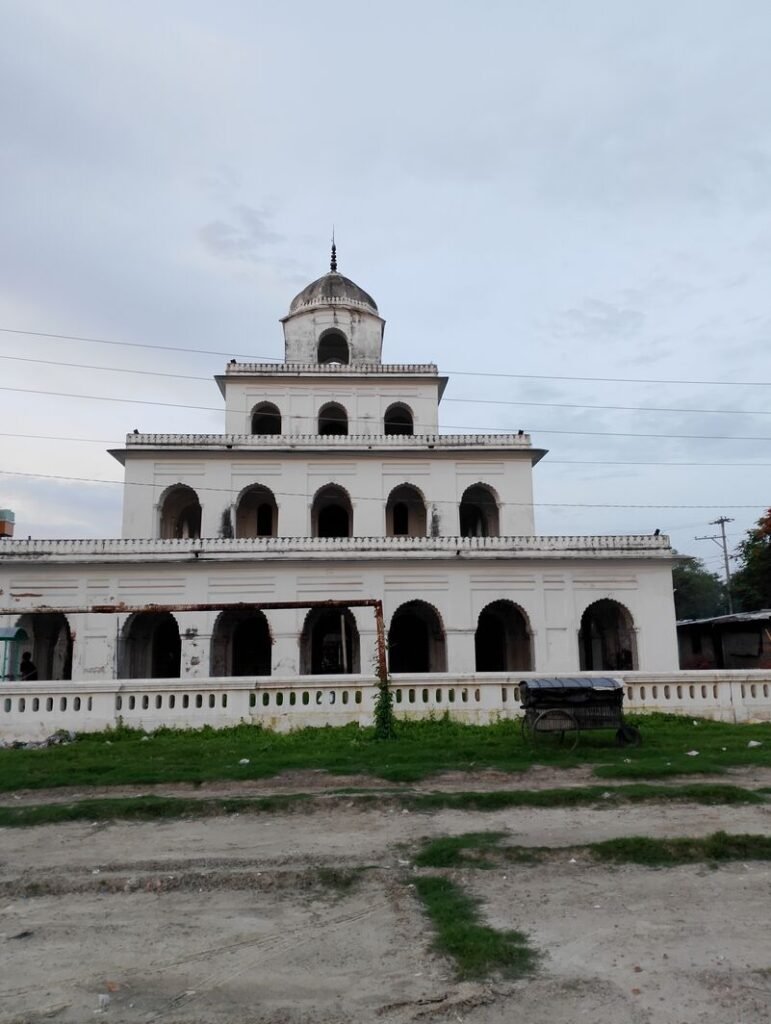
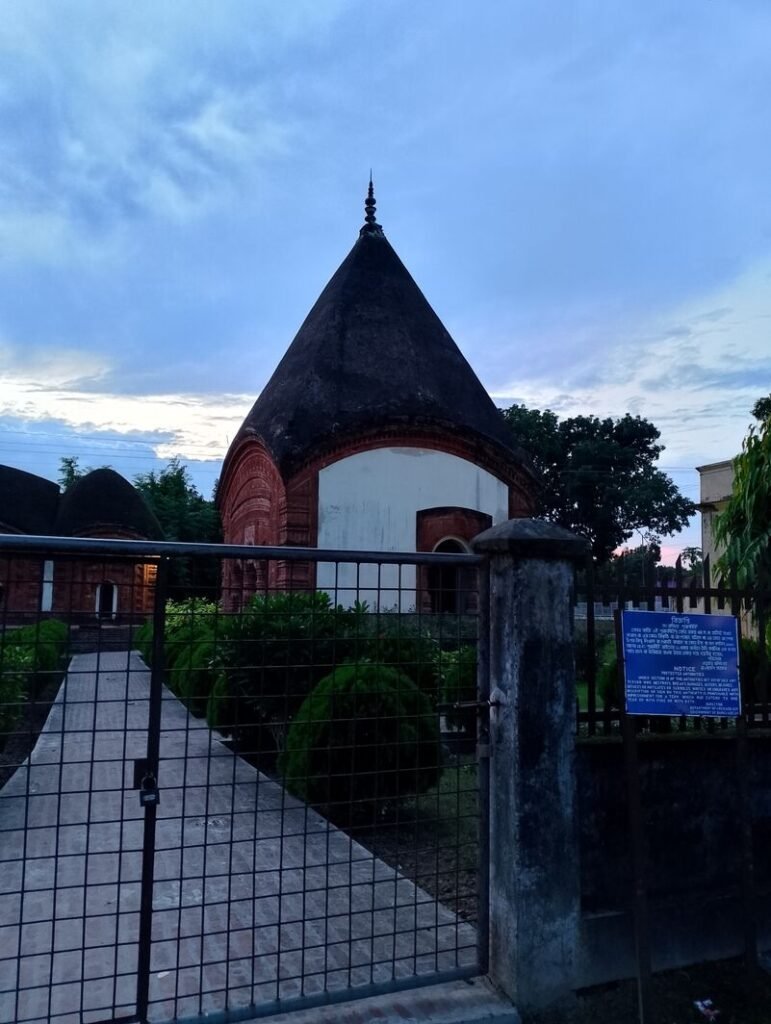
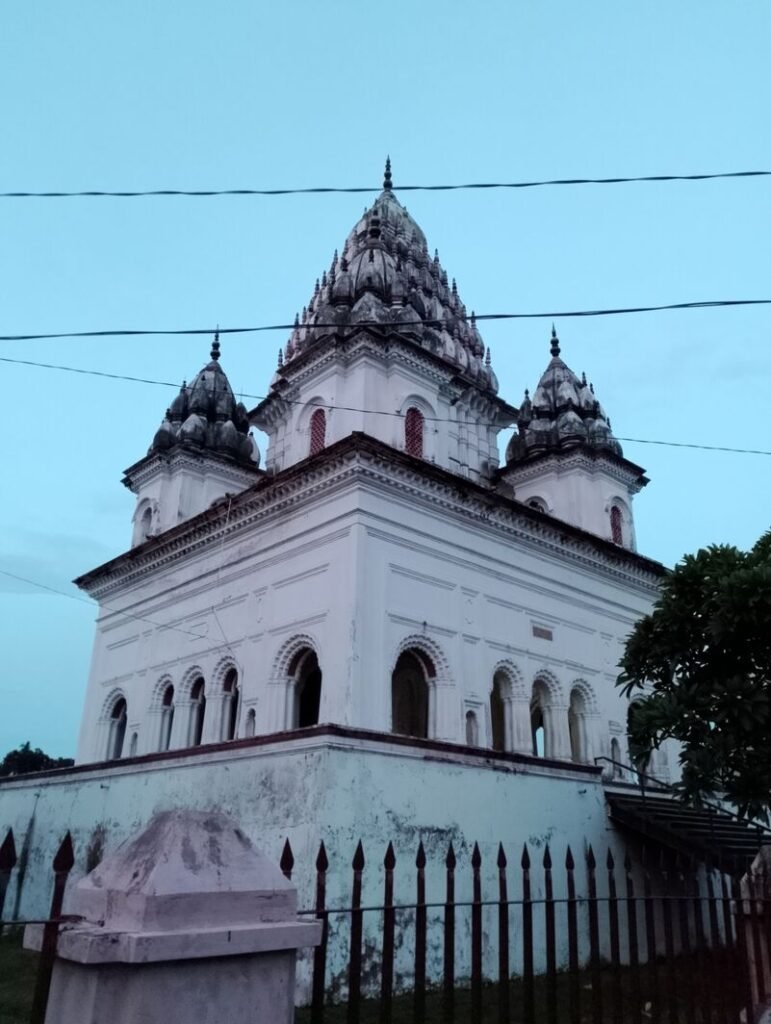
I am excited to visit the ancient Zamindar dynasty in Puthia, Rajshahi, Bangladesh. It’s called the local name “Puthia Rajbari.” It stands in Rajshahi District under the division of Rajshahi in Bangladesh. It’s a very exciting moment in my life. All preparations were complete two days ago. The cameraman is my personal friend, and Sohel is also very excited to visit Rajbari. All documents and other preparations are complete. We will ride a small motorcycle with my friends. The journey is to capture more documents of the ancient Rajbari. Now it’s a government-secured area. Tourists from different countries and local people visit the place. Sohel also captured the main ancient temple and ruins, which stand as a testament to thousands of years of the Zamindar dynasty. In the history of human civilization, it’s a very exciting moment to visit Rajbari. I find Rajbari to be a significant part of ancient history in the world. The photographers captured different views inside and outside the Zamindar dynasty. It stands as a landmark in the history of human civilization.
During the reign of Emperor Akbar, the Puthia Zamindar dynasty arose. Pitambara was the founder of the Puthia dynasty. It’s a large area of Rajbari. To protect the palace from external enemies, the palace is surrounded by five dighis (ponds). King Pitambara Puthia converted a reservoir into a pond to enhance the beauty of the palace, known as Shyamsunder Dighi. In 1744, when the dynasty was divided into four parts, the Charani and Panchani dynasties received shares in various establishments. Raja Narendranarayan became the king of Panchani, and on the other side of Puthia Rajbari, Raja Rupendranarayan became the king of Charani. Bara Ahnik, Chhota Govinda Mandir, Gopala Mandir, and Hawakhana became part of Charani. Narendranarayan’s son, Jagannarayan, later became the king of Puthia. Jagannarayan managed the Zamindari with great efficiency. After Jagannarayan’s death, his wife, Rani Bhuvanamayi Devi Puthia, took charge of the Zamindari. Rani Bhuvanamayi Devi was very pious and virtuous. The famous Shiva temple at Puthia was built during her period (1823). Later, Rani Saratsundari Devi increased the size of the Panchani estate through her keen intellect and efficient management, becoming known as a benevolent, pious, and true philanthropist. Considering her selfless donations and public welfare, the British government in 1877 AD awarded her the title of Maharani. Maharani Hemantakumari Devi also gained fame as a charitable, religious, and pragmatic Zamindar like her mother-in-law, Saratsundari Devi. She honored her mother-in-law by renovating Puthia Rajbari in 1895 AD. In 1938 AD, Maharani Hemantakumari Devi bequeathed the Panchani Zamindari to her daughters-in-law. Maharani Hemantakumari Devi passed away in Kashi in 1942 AD. After her death, the Panchani estate was administered by three daughters-in-law under a board of trustees until the Zamindari system of Bengal was abolished. Later, the Puthia dynasty came to an end after 1950 AD during the Pakistan period. The Zamindars or kings of Puthia built a significant number of temples and other architectural structures to meet contemporary needs for administrative activities and to promote religious sentiments. There are several such buildings in Puthia, of which a total of 14 ancient monuments are protected by the Department of Archaeology, under the declaration of protected antiquities. Among these antiquities are a palace and 13 remaining temples. Among the various branches of the Puthia dynasty, the Panchani and Charani branches managed the Zamindari with great repute. Until the Zamindari eviction system of this country, they kept their land holdings intact. Puthia Rajbari and the magnificent temples still standing tall in and around it are all their achievements. However, these two palaces and temples bear witness to the deep passion of the Puthia Zamindars for architecture. Built on a rectangular plan on 4.31 acres of land, the palace stands majestically in its grandeur. The inscription on the ground floor of the palace mentions that “THE PALACE CONSTRUCTED IN 1895 AD. BY RANI HEMANTA KUMARI DEVI IN HONOUR OF HER ILLUSTRIOUS MOTHER-IN-LAW LATE MAHARANI SHARAT SUNDARI” Sri Sarat Sundari Devi Badhva Tatsmrita by Sri Hemanta Kumariyang, Prasado Dharmashilaya. SM MUKBUL ALLI, ARCHITECT, K. SARKAR, OVERSEER, CALCUTTA.” The Puthia palace was surrounded by a moat. Right in the middle of the building is a pediment, which is richly decorated. At the eastern end of the palace balcony is a wooden staircase leading to the second floor. The east and west parts of the second floor of the building have 14 rooms, both small and large, which were used for the Zamindar’s official functions as well as living. The ground floor has 12 rooms. The building materials and architectural style of the palace clearly reflect the Indo-European style. The palace has an eye-catching beauty with its sculptural finials and sculptures on the rooftops. The various buildings and temple architectures built in Puthia Rajbari and surrounding areas still bear the signature of their architectural passion. Other notable landmarks, including temple architecture, are the Pancharatna Shiva Mandir (Big Shiva Temple), Jagannath Temple/Ratha Temple, Dol Mandir Dolamancha, Pancharatna Big Govinda Temple, Small Ahnika Temple, Small Shiva Temple, Big Ahnika Temple, Small Govinda Temple, Gopala Temples, Hawakhana (Rathbagicha), Kesht Kshyapar Mutt, Krishnapur Govinda Temple Salamer Mutt, Krishnapur Shiva Temple Khitish Mutt, Maharani Hemantakumari Devi’s Residence/Rani Mahal, and Maharani Hemantakumari Devi’s Baths/Queen’s Baths.

Wao fantastic historical place where I was went to last 19 th may 2019